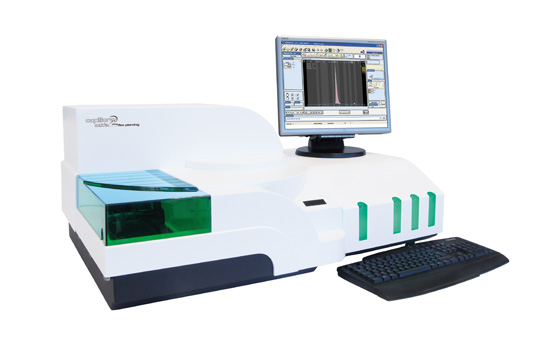Akin to HPLC, electrophoresis is another emerging technology chaperoning the diagnostic industry. Conventionally, electrophoresis has been utilized for years in the field of research for analysis of genetic material as well as proteins. In the field of diagnostics, this technology has been exploited for analysis of various proteins from blood, serum as well as urine.

Principle of Capillary Electrophoresis (CE)
This technique involves separation of charged molecules from a mixture on the basis of their electrophoretic mobility on a stationary phase in the presence of buffer of definite pH and electric current. The pre-treated sample mixture is loaded in to the stationary phase, wherein under the influence of electric current, the components in the mixture migrate and are detected by a detector in the end. Conventional electrophoresis can be labor intensive, involving manual setting up of the gel, followed by sample pre-treatment and loading with staining in the end for viewing and analysis.
Capillary electrophoresis is a technology which involves use of thin capillaries filled with stationary phase for electrophoresis. The dimension of the capillary is designed in a way to maximize the surface is to volume ratio and minimize heating due to continuous use of electric current. The separation occurs on the basis of size as well as charge, and hence is sensitive enough to differentiate between small molecules as well.
In diagnostics, CE is widely being used for electrophoretic analysis of blood, serum as well in certain cases urine. Electrophoresis in blood is generally done for hemoglobinopathy analysis, while in serum it aids in diagnosis of monoclonal gammopathy, plasma cell neoplasm, liver cirrhosis, etc. The automated analyzers are designed to perform sample pre-treatment as well as analysis, post which the output is generated in the form of an electrophoretogram. The peaks of the separated analytes are quantified with the aid of software programs, which eases reporting.
CAPILLARYS 2 system from SEBIA is present in our laboratory floor and is utilized for both hemoglobin as well as serum protein electrophoresis. Many rare hemoglobin disorders including alpha chain variants, have been reported with the aid of CE.

